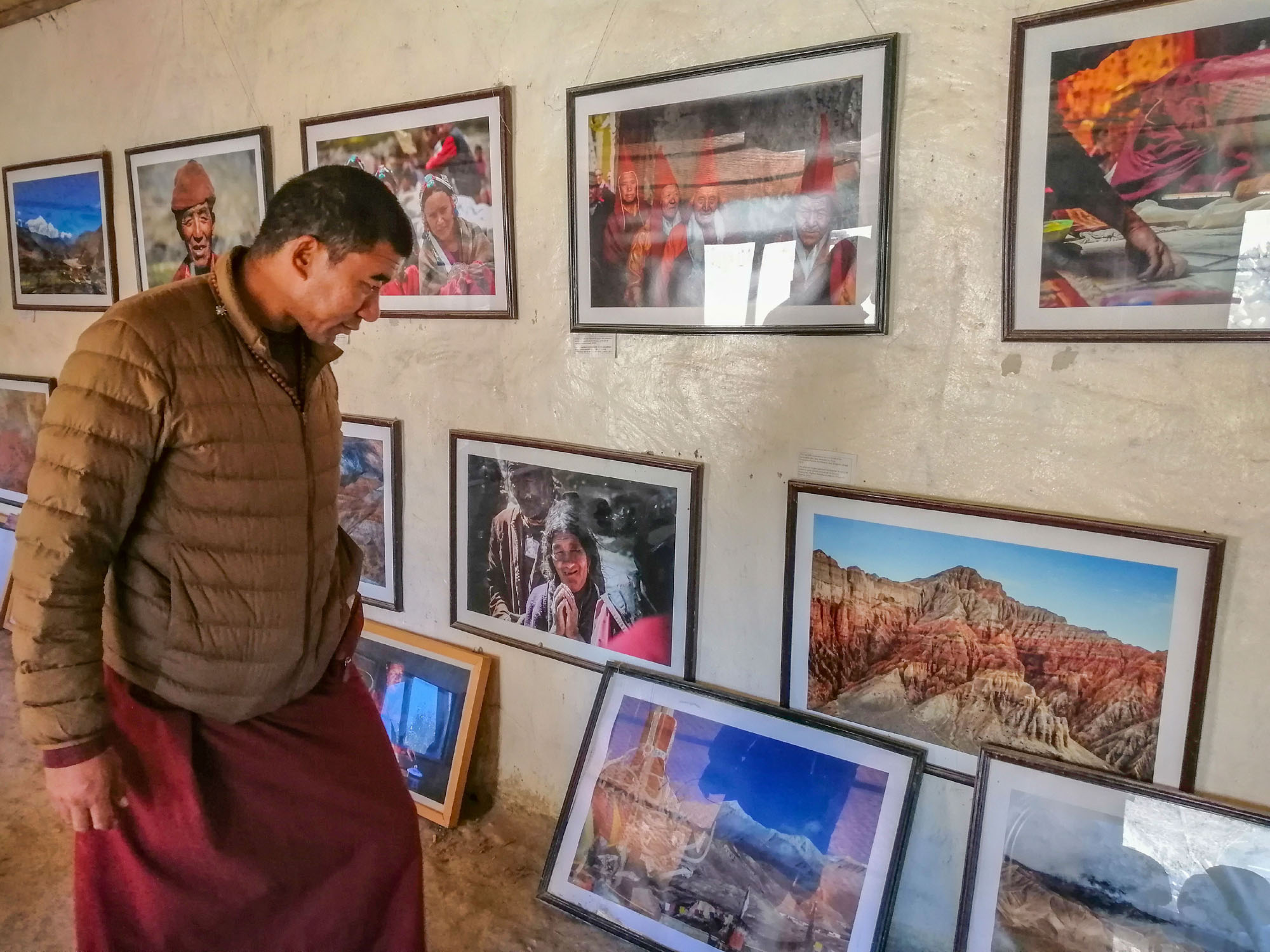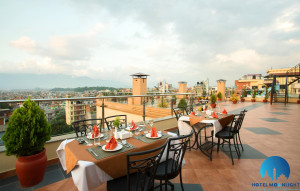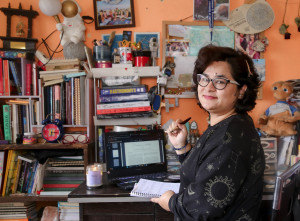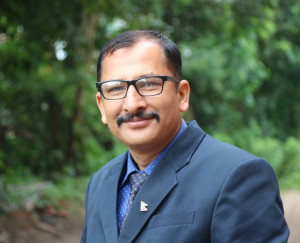Culture & Lifestyle
This Upper Mustang monk reveals the truest image of his region with photography
Phuntchok Gurung wants to spread the right information about the isolated Kingdom of Lo and its surrounds.
Chandan Kumar Mandal
Phuntchok Gurung grew up inside the inner alleys of Lo Manthang, in the walled capital of the ancient Kingdom of Lo. As he was growing up, and learning to be a Buddhist monk at the Jhampa monastery in remote Lo Manthang, Gurung soon found a new hobby—photography.
Lo Manthang was restricted for tourists until 1992, and the opening of the area saw a large number of visitors thronging to the once mystical valley. With them, tourists brought along their favourite equipment—their cameras, and it was something that aroused Gurung’s curiosity. He often wondered why were these strangers taking photos of the people, mountains and villages, and what did they do with those photos.
“I was utterly intrigued by the whole process,” he said, who eventually learned the basics of photography with the help of some friends. He borrowed camera gear and other equipment from his friends to dive into his intensifying interest in capturing images.
Gurung soon became a part-time photographer as well as a full-time monk. It did take Gurung a few years to groom his photography skills. But as he delved more into his hobby, he also understood its larger significance to his hometown’s representation in the wider world. As someone, who has spent all his life in Lo Manthang, he wanted to provide an authentic picture of the place and debunk all the myths seeping out of the region.
“I thought I could do this with my camera as I belong to this place,” said Gurung. “I know the local culture, heritage and traditions, its unique landscape, and traditional dress better than anyone else coming from outside. I wanted to show what the culture and history of Upper Mustang really is.”
While the region was becoming more popular for tourists, the circulation of inaccurate information about the culture, history, traditions and landscapes left Gurung worried.
“Many tourists come here. They are also accompanied by tourist guides who do not have all the knowledge about the place, monasteries, the ancient kingdom,” said Gurung. “Foreigners want detailed information from guides, which they often lack. In such a situation, these guides would sometimes even tell information which were not authentic nor even true.”
So Gurung began documenting everything he could, from the distinctive beauty of Upper Mustang’s barren landscape and its ethnic communities to the long-surviving religious and cultural traditions of the erstwhile Kingdom of Mustang.

Upper Mustang region is considered to be one of the world’s best-preserved examples of Tibetan culture, as it has remained largely untouched by the outside influences.
In 2013, he also captured photos for UNESCO’s world heritage site nomination of Lo Manthang. Later, Gurung’s photographs were exhibited at Siddhartha Art Gallery in Kathmandu during an Upper Mustang themed event.
Gurung with his local hotelier friend Chhewang Gurung, in 2014, established a photo gallery where he put his pictures covering various facets of Upper Mustang on display.
He also produced a 21-minute long video documentary with descriptions of all the historical places and ethnic tradition of Upper Mustang. The documentary is shown to visitors who pay a visit to his gallery—Mustang Himalaya Photo Gallery.
Framed photos on display are also sold to visitors. Foreign tourists buy these photos, sold for US$90-100. A part of the profits are used to print more photos for the gallery, and another 20 percent of sales goes to Fire Safe Lo Manthang—a local initiative to protect the city from the outbreak of fire.
“The money is spent on fire extinguishers,” said Gurung. “It’s a precautionary measure for the region as everyone uses firewood, LPG stoves, and other petroleum products. They all pose a fire risk, so I contribute to this initiative.”
Gurung often finds himself scrambling, as he wears his photographic and spiritual hats—when he isn’t busy managing the gallery, he can be found working at the local monastery, teaching young monks ritual prayers and religious mask dances.
Gurung doesn’t have any plan to expand his gallery, nor he expects any help from the government or private organisations. But he does want to host more photos, with detailed information accompanying each and every photograph.
His love of photography has led to his journey to build an authentic picture of his hometown, and he hopes that he has been able to do so and will be able to continue. He wants people to understand the region through the lenses of a local, who actually understands the meaning and significance of each and every subject of his photos.
The feedback, the monk—cum—photographer says, is what keeps him going.
“When I see visitors happy to see my work, I feel like it is my biggest achievement and the most heartening aspect of all this toil,” Gurung said.
Hidden behind the snow-capped Himalayas, on an isolated rugged plateau, many visitors thank Gurung for revealing hidden gems through his gallery. According to him, the appreciation stems from the fact that some parts are still inaccessible to anyone other than the locals.
“I don’t know how much I have succeeded in putting out the right information about the Upper Mustang region,” said Gurung. “But those who have visited the gallery have returned satisfied.”




 16.12°C Kathmandu
16.12°C Kathmandu















